What is a neutral shoe - and who needs them for running?
We explore what is a neutral shoe and find some surprising answers
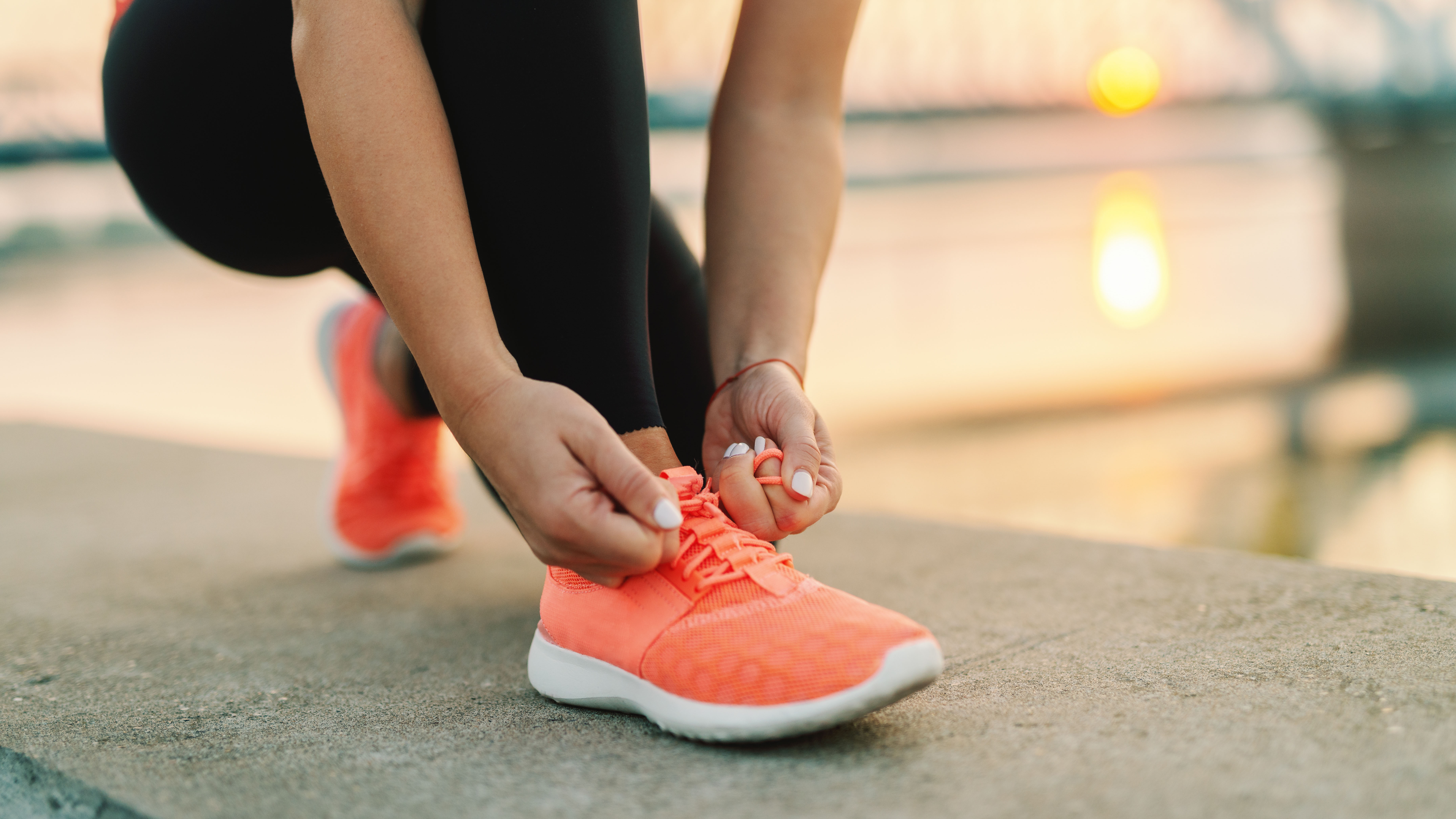
Many runners may wear them, and swear by them, but what is a neutral shoe?
Technical jargon has flooded the footwear industry for decades with different styles of running shoes promising to be the panacea of speed, injury avoidance and comfort.
But does the type of running shoe you wear actually alter your performance or prevent injury whether it's on the road or on one of the best treadmills? If you have ever had a gait analysis you may have heard a running shop assistant tell you that your stance is neutral or perhaps that you over or under pronate. This can dictate the type of running shoe they recommend which could be a neutral pair or one with motion control or stability.
We spoke to the experts to find out whether it’s a good idea to match your shoe with your running style or whether the different types of footgear are just marketing hype.
- Related: Best running shoes for supination
What is a neutral shoe?
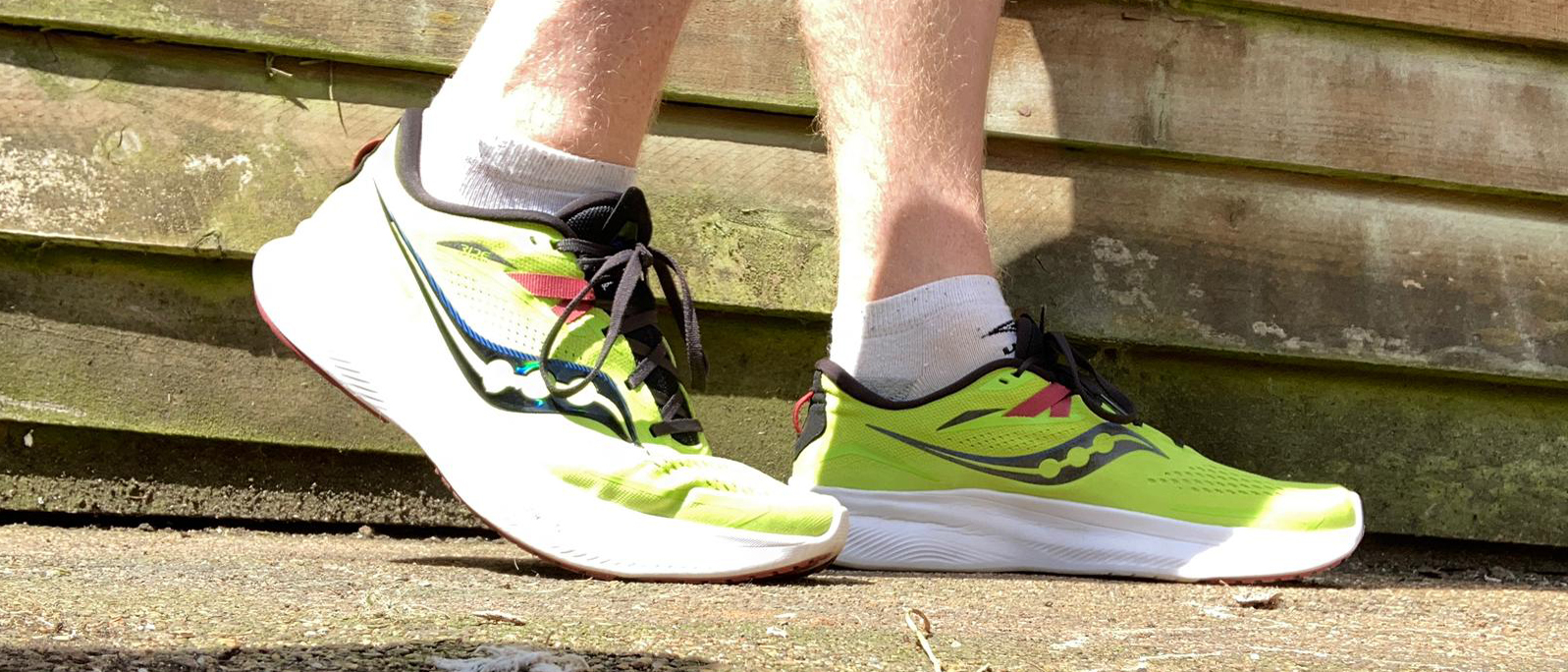
This is a difficult question to answer because all shoes have some sort of structure, but in the running world it is used by manufacturers to refer to footwear that has minimal support.
Neutral shoes tend to be lighter because they do not have additional technologies to provide support. But they do have some cushioning and this tends to be mostly in the heel.
"The field is complicated. Very few shoes have no stability features. Even neutral shoes have some mechanical effects," explains Ben Heller, ultrarunner and sports engineer at the Advanced Wellbeing Research Centre, Sheffield Hallam University.
What other types of shoes are there?
Some retailers refer to motion control and stability shoes as two different types of footwear but from an academic perspective there is no difference. Both types of shoes try to alter the movement of the foot when it strikes the ground .
These shoes contain denser foam in the midsole to prevent the foot from moving too much in a particular direction. Shoes for supinators have denser foam on the edge of the shoe and shoes for overpronators tend to have most support near the big toe, on the inside of the heel and under the ball of the foot. But the type of support – and what it is called – varies between brands.
What is pronation?
Pronation is the natural movement of the foot when it lands on the ground. We need to pronate in order to walk or run effectively. Pronation is often described by footwear brands as the foot rolling inwards when it lands, in order to absorb the shock. But it's actually far more complex.
Pronation is a tri-plane movement meaning there are three axes of movement. These are subtalar eversion, dorsiflexion and forefoot abduction. The foot is simultaneously rotating around one vertical axis and two different horizontal axes. Essentially there is a lot of movement going on.
Everyone's foot will land differently when they walk or run, and everyone’s anatomy is different, so as a result, people pronate differently from one another.
"We don't know what is too much pronation," says Hannah Rice, associate professor of biomechanics at the Norwegian school of sport sciences, who argues that there are benefits for and against different foot landing styles.
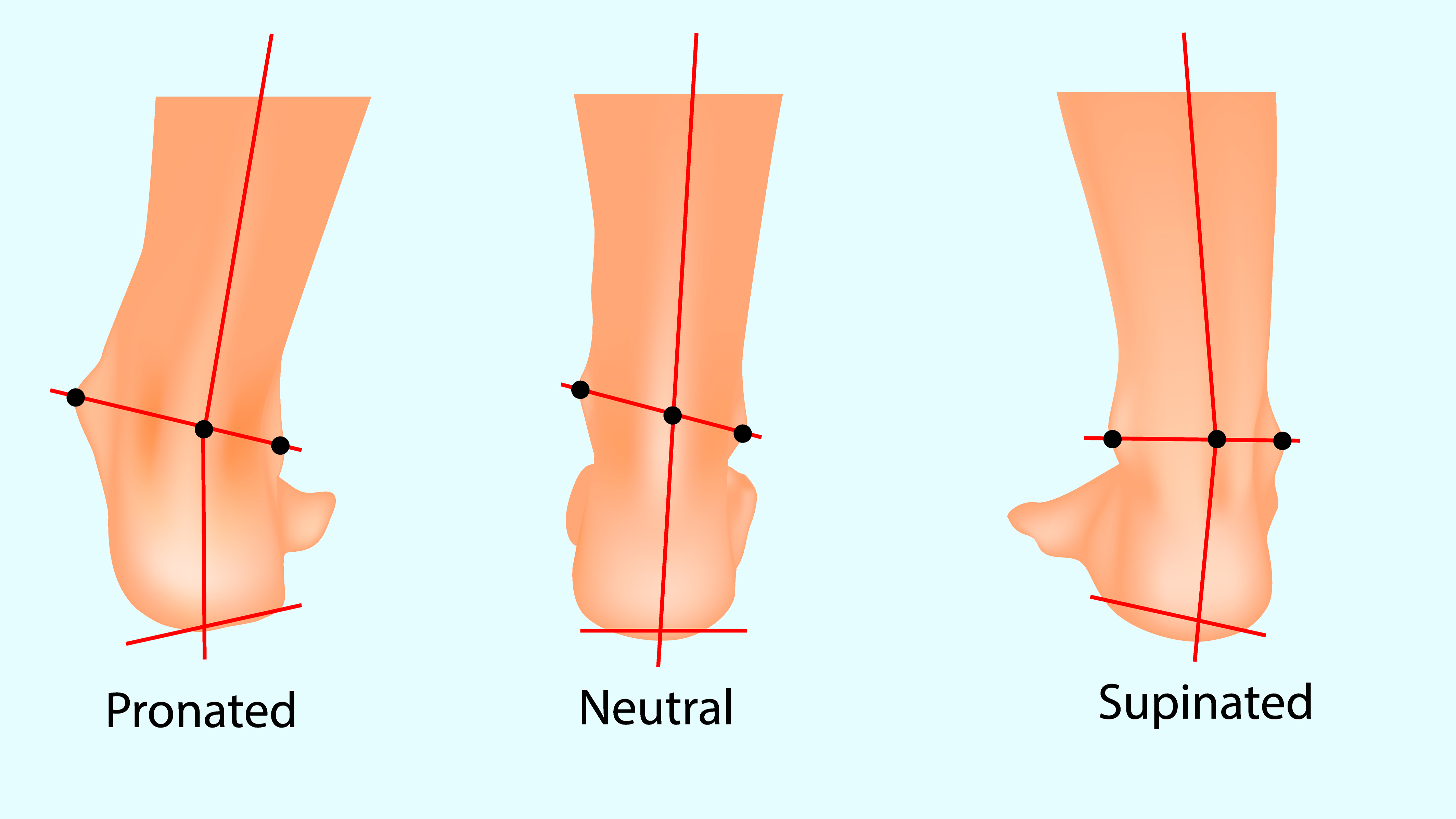
But shoe brands and running shops are keen to label runners as having a neutral – or correct – running style, or an overpronation or underpronation style, also known as supination (shown in the above diagram.)
For example during gait analysis a runner may be identified as an overpronator who requires a shoe with a lot of support.
Do support shoes work?
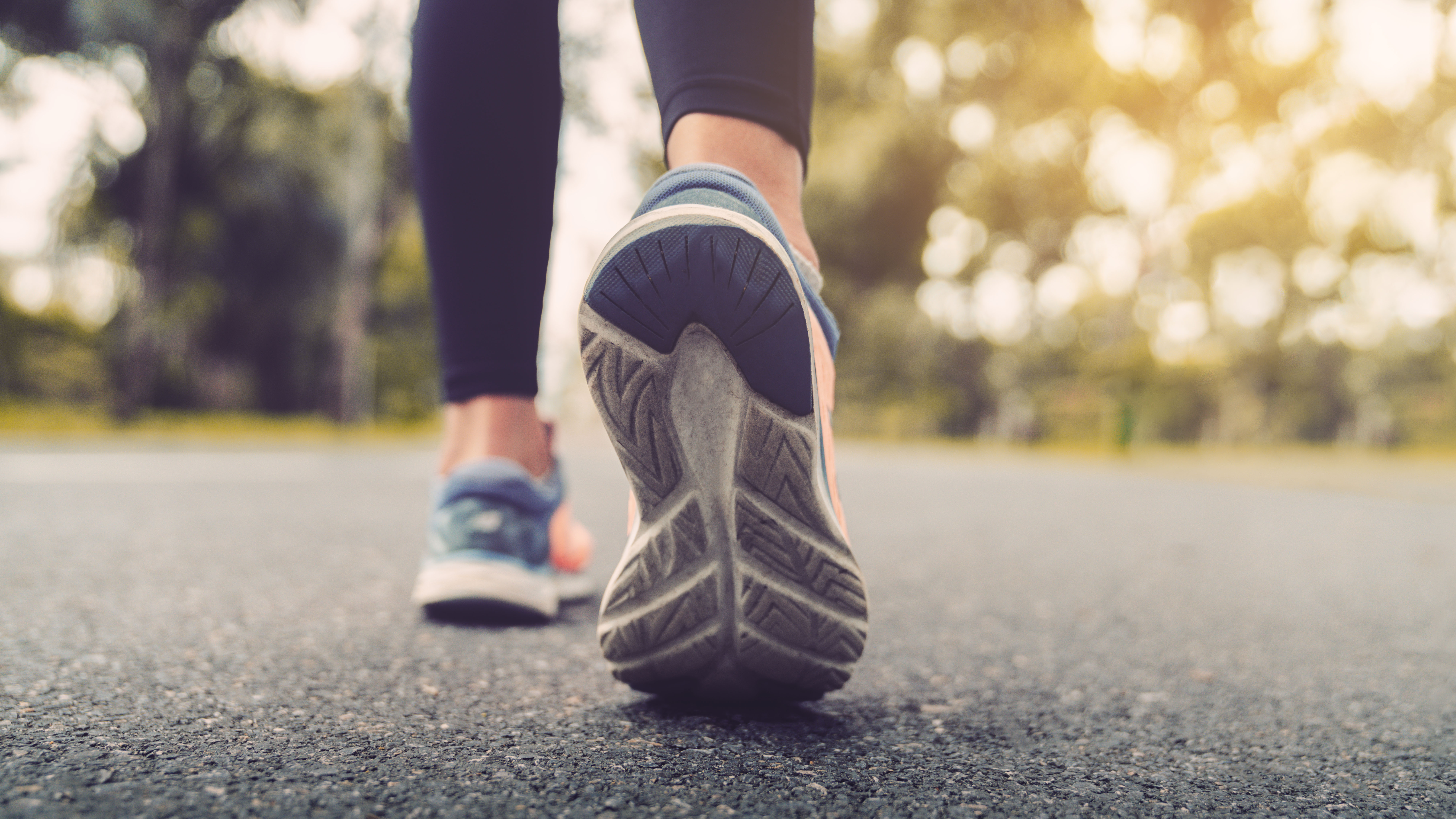
This is where things get very muddy. Heller says there is no strong evidence that having more support in a shoe prevents injury.
"Traditionally a lot of people thought over or under pronation caused running injuries. Motion control shoes were meant to stop that but there was never really any evidence to support that they did," he says.
Rice agrees. "There is no evidence in terms of decreasing injury risk. If you are told you need a support shoe you shouldn't take that advice on board. It may be speculative and not based on evidence. If you find something that works, keep using it and replace it with as similar a model as you can," advises Rice.
But podiatrist Mark Gallagher who specialises in running has a more cautious view.
"One thing isn't going to solve a problem. We need to look at what are a runner's risk factors and what can we do to help. Footwear is one part of that discussion," he says. Learning how to run properly could also decrease your risk of injury.
The reason there is no clear answer on this is because the research is patchy and often contradictory. A 2016 study in the British Journal of Sports Medicine found injury risk is lower for overpronators wearing motion control shoes. But the same year research published in Sports Orthopaedics and Traumatology concluded that cushioning is not protective against running related injuries.
And although motion control shoes may reduce the risk of pronation related injuries, as reported in the Journal of Orthopaedic and Sports Physical Therapy, the same study found that they do not influence the risk of other running related injuries. One recommendation is that motion control shoes may want to be considered by runners prone to Achilles tendinopathy, plantar fasciopathy, exercise-related lower-leg pain, and anterior knee pain.
But a recent paper published in Frontiers in Sports and Active Living says clinicians and runners are still selecting footwear based on ideas that are "not scientifically supported." They recommend footwear that is lightweight, comfortable, and has minimal pronation control technology.
What type of shoe should I choose?
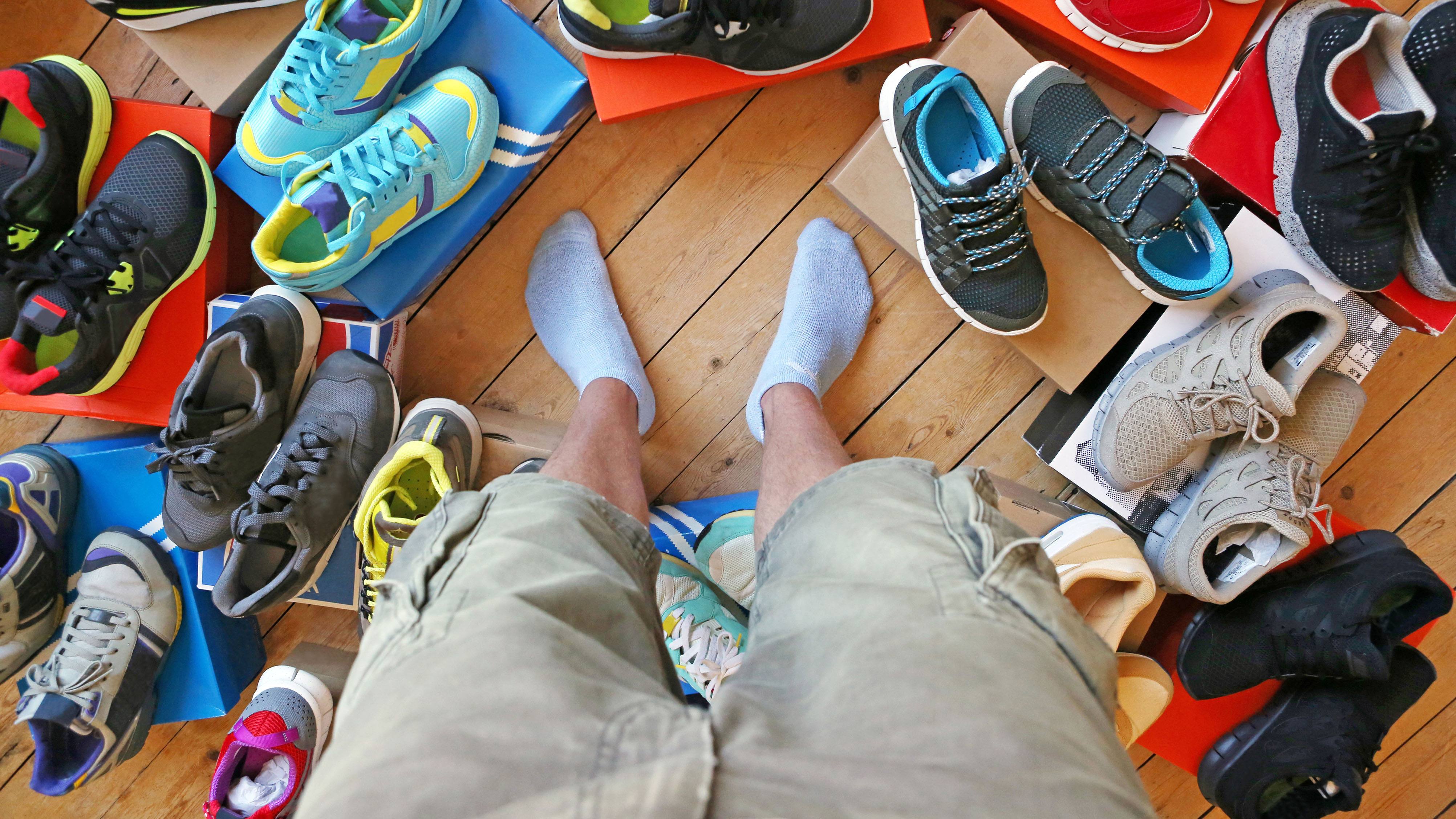
Unfortunately the unsatisfactory answer is you can only find out via trial and error.
"There could be an answer to the question of what shoe is best for me but there is no evidence on how to get that answer," says Hannah Rice. "There is a whole host of reasons for injuries and they will vary hugely between individuals," adds Heller.
A good starting point is comfort but it won't necessarily prevent injury. Similarly motion control shoes can be worth trying just don’t expect them to solve injury problems all by themselves. Instead a combination of strength and conditioning, correct training load, running on varied surfaces, changing your shoes before the EVA foam degrades substantially and wearing a range of different shoes may be far more effective.
And if in doubt, stick with what you know. "If a model is working for you then why change it? Don't introduce another variable if you don't have to," says Gallagher.
Bibliography
Sign up for the Live Science daily newsletter now
Get the world’s most fascinating discoveries delivered straight to your inbox.
Lily Canter is a freelance money, health and lifestyle journalist with more than 20 years' experience. She writes about fitness for Fit+Well, Tom's Guide, T3, South China Morning Post, Runner's World and Trail Running magazine. She focuses on personal finance for Yahoo! Finance UK, Metro, The Guardian, and loveMONEY. In her spare time she is an ultra-runner, canicrosser and UK Athletics running coach. She also co-hosts the award-winning podcast Freelancing for Journalists.











